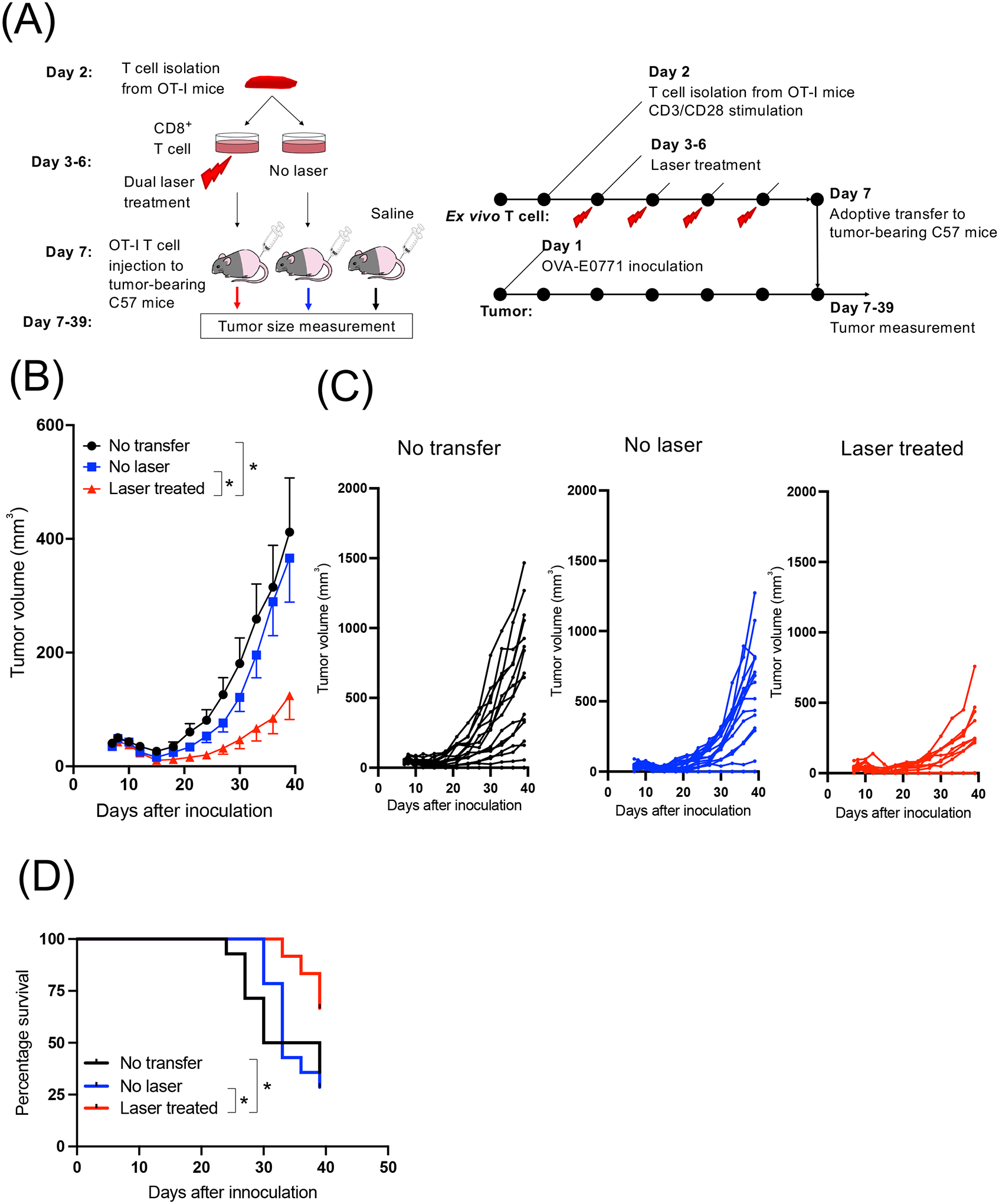Figure 5. Dual laser treatment enhanced the efficacy of adoptive transfer therapy for a mouse model of breast cancer.

(A) A schematic demonstrating the experimental design. Splenocytes from OT-I mice were isolated and treated with the dual laser daily for 4 consecutive days in the presence of anti-CD3 and anti-CD28 antibodies ex vivo. On day 5, the cells were adoptively transferred to mice OVA-expressing E0771 tumors. (B) Average and (C) individual growth curves of s.c. OVA-E0771 tumors are shown. Error bars show means ± s.e.m. n= 25, 26, 24 for no adoptive transfer, adoptive transfer of non-laser treated cell, adoptive transfer of laser-treated cell group, respectively. *P < 0.05 by two-way ANOVA followed by Tukey’s test. (D) Kaplan-Meier survival plots to a defined clinical endpoint (either side of tumor reached 300 mm3 in volume) are shown. n= 14, 14, 12 for no adoptive transfer, adoptive transfer of non-laser treated cell, adoptive transfer of laser-treated cell group, respectively. *P < 0.05 by Gehan-Breslow-Wilcoxon test.
